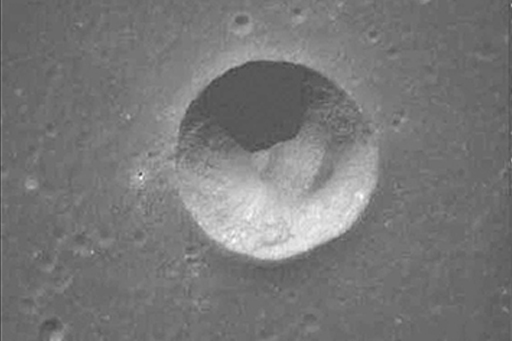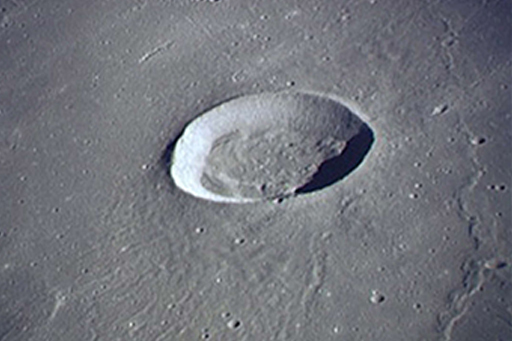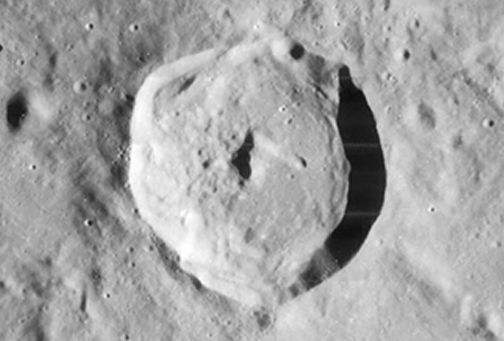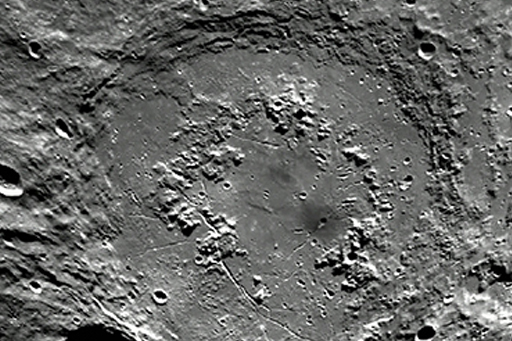2.10 Examples of crater shapes on the Moon
In this image gallery you see examples of lunar craters of different sizes. Examine the images to see how crater morphology changes according to the size of the crater. The actual size at which a crater changes from simple to complex varies across different Solar System bodies according to their surface gravity. For example, on the Moon, the transition from a simple crater to a complex one occurs at around 20 km in diameter. By contrast, on Earth, where gravity is six times greater than on the Moon, craters become complex at an average of 3 km in diameter or above.
Because the Moon has no atmosphere, impactors of all sizes are able to reach the surface, generating the full range of crater types shown here. Earth’s thick atmosphere protects it from many of the smaller impacts that the Moon experiences. Smaller incoming impactors are burnt up as they enter the atmosphere and so do not reach the ground, or are slowed down as they fall, reducing their velocity and placing a lower limit on the size of any crater that can form.
Next you will see evidence of present-day impacts onto the Moon (all of them far too small to make a crater visible from Earth).




